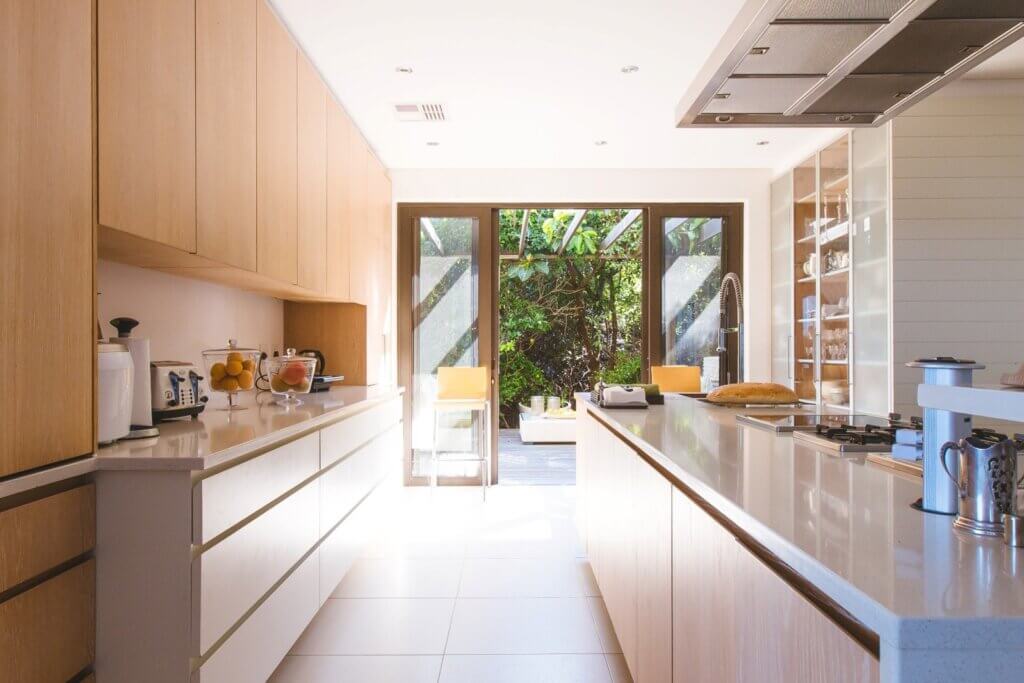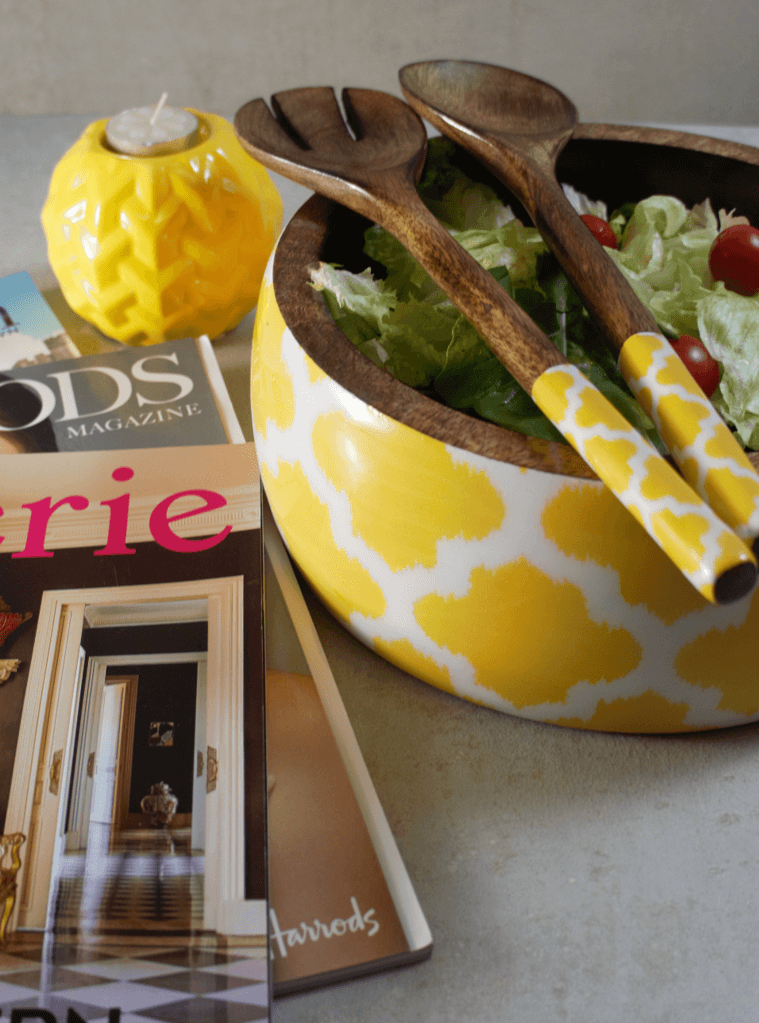Sustainable Future
What comes to mind when you think about sustainability? Fuel, food, and mostly waste. However, there are many relatively untouched products and sectors, which can imbibe sustainable manufacturing practices for a seamless, no-wastage future. Sustainability is the key to an improved & ecological future. Human beings rely on natural resources for industry, interests, and existence. Ignoring sustainability can lead to the exhaustion of natural resources. Hence, it is crucial to emphasize a comprehensive approach to achieve sustainable development for all. To facilitate this, the Sustainable Development Goals (SDG) were introduced by the United Nations as a blueprint to achieve a better and more sustainable future for all. They address the global challenges we face, including poverty, inequality, climate change, environmental degradation, peace, and justice.


One of the official missions of SDG was to “Make cities inclusive, safe, resilient, and sustainable.” It considers that action in one area will affect outcomes in other areas as well, and that development must balance social, economic, and environmental sustainability. It is expected that by 2050, two-thirds of all humanity will live in urban areas. It is crucial to introduce a sustainable development ecosystem to smartly transform and manage our urban spaces. Adding sustainability to the urban lifestyle means investing in suitable furniture and home decor that supports sustainable environmental opportunities. Sustainability engages in many aspects of the plan to a deliver long-lasting high-quality design with low environmental impact, waste and pollution.
In today’s industrial environment, the challenge is to remain viable while also having an eye on sustainability issues. Given that the products remain sound, durable home décor artifacts will function to sequester forest carbon that would otherwise be emitted to the atmosphere through normal decay, combustion, or other release. The ultimate question then is, can sustainable design be leveraged for competitive advantage? Using sustainable materials is not enough for producing sustainable products; responsible manufacturing practices matter equally and have a profound impact on our planet. Such manufacturing practices must be safe for the environment, which means manufacturers must limit carbon emissions and other pollution. Sustainable manufacturers also often practice fair trade and do not harm communities or the environment to gather materials for their products.

Sustainable home décor products are made from materials that have certain eco-friendly characteristics. These materials are often recycled or repurposed. They can also be made from materials that are easily renewable. For example, bamboo grows quickly and easily, so it’s a desirable choice for a renewable resource. Another noteworthy example of sustainable artefacts is mango wood, which has a relatively low carbon footprint because the wood doesn’t require extensive processing, seasoning, and drying, and wood waste can be recycled fully as by-products or biomass pellets to offset the carbon emissions during harvesting and processing. Using mango wood for home décor and other interior needs can be sustainable thanks to the carbon capture during the products’ long life. Mango has similar levels of durability to other hardwoods such as ash and oak. It is water-resistant but susceptible to both fungal and insect attacks. With the right maintenance, a home décor piece of mango wood can last for decades.
As a result of how sustainable mango trees are, the wood is also more affordable than its hardwood counterparts. Once the tree has been felled, it requires minimal processing which also helps to keep the cost down and due to the distinctive texture and patterns, as well as beautiful wood grain, mango wood is a great option for those looking for something unique. Customisable variations in the wood color guarantee a piece of home decor that can’t be replicated.
They are integrated and indivisible and they balance the three dimensions of sustainable development: the economic, social, and environmental.
The main objective of applying sustainability in home decor is to attain the best possible results that generate a value action in the environment and provide an ecologically conscious approach to the design. Sustainable materials like mango wood meet all quality requirements and manufacturing standards to be able to offer ecological masterpieces that add more your space. Such home décor artifacts help to confront climate change and the linear consumption of products we currently have. The responsibility to increase awareness and create a change for the environment belongs to everyone. Let’s be conscious and compassionate towards the environment.
